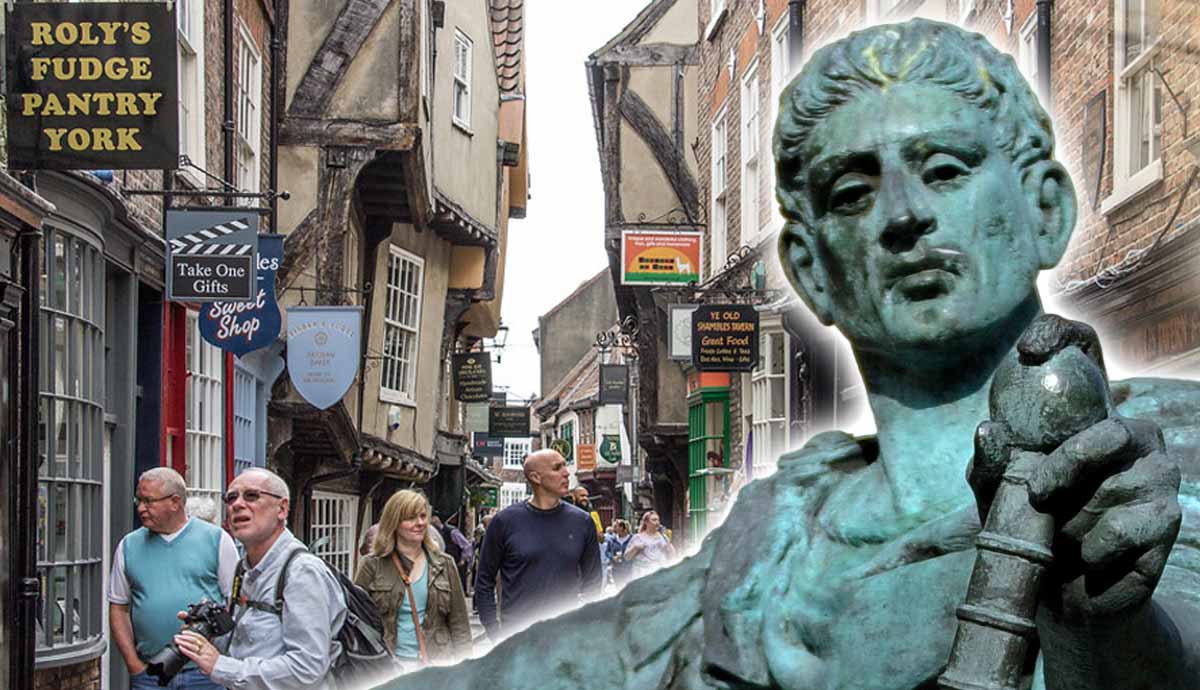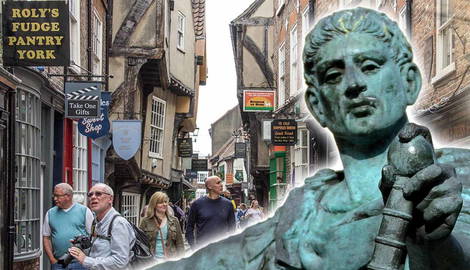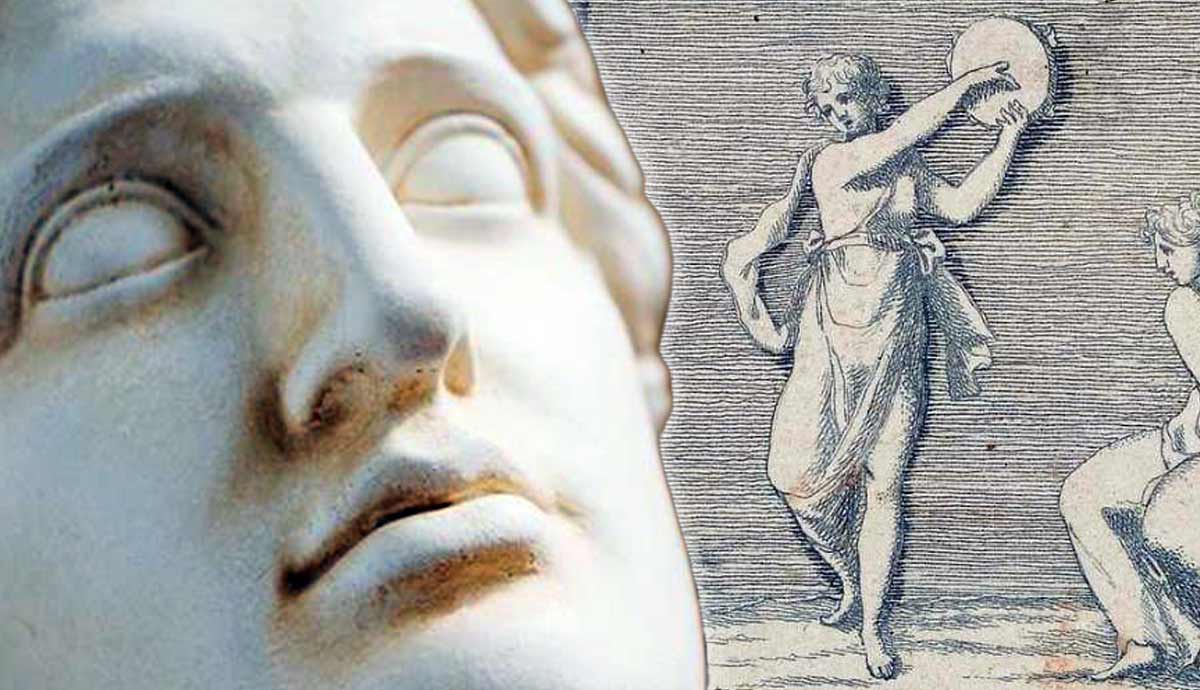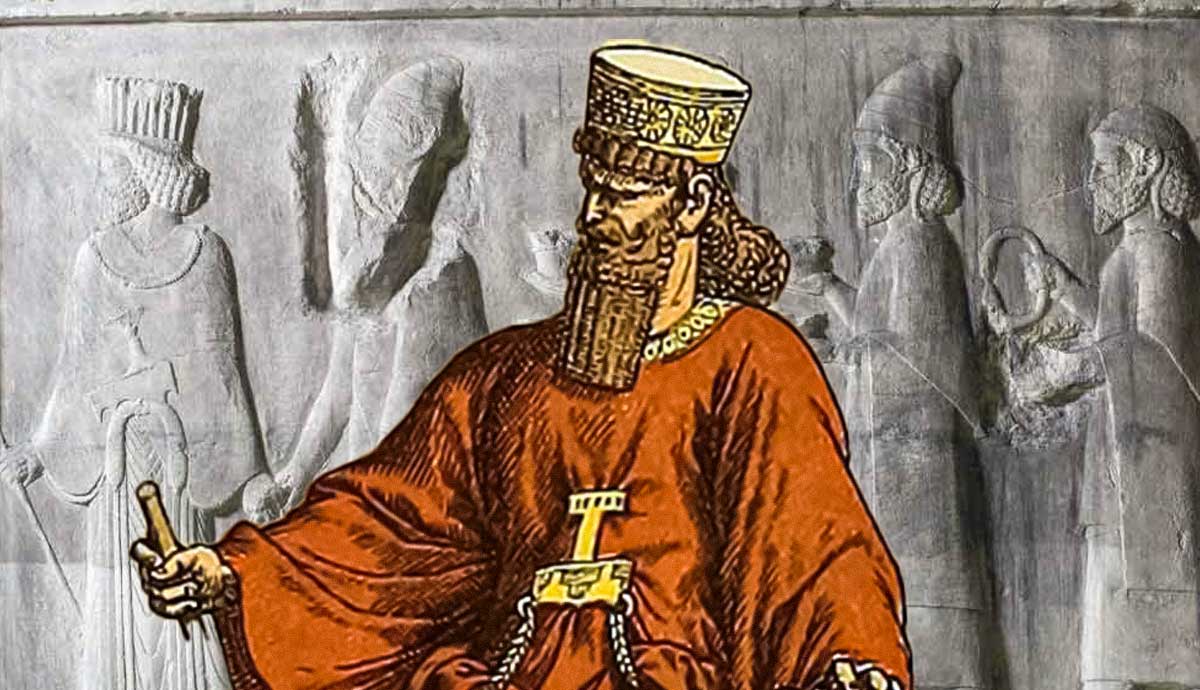
York was originally a small Celtic settlement before the arrival of the Roman Empire, but it soon became one of the most important cities on the island. It was first a fort but quickly flourished into a vibrant regional capital. The city of York nowadays, with its narrow cobblestone streets, its wobbly timber frame buildings, and its towering minster cathedral, is probably best known for its Viking and medieval heritage. Through a mix of artifacts, architecture, and statues, we can begin to unearth lesser-known Roman York’s history.
The Roman Empire in Northern Britain

Britain was first explored by Julius Caesar in 55 BCE, which helped to increase his celebrity and prestige in Rome following his conquest of Gaul (modern-day France). However, Caesar’s “conquest” was more of a brief adventure into Kent than a proper invasion, and following him, emperors Augustus and Caligula both failed to establish any meaningful control.
Claudius invaded Britain in 43 CE and after a prolonged 40-year period of uprisings and many defeats, the conquest of Britain was largely complete by 84 CE. Estimates claim between 100,000 and 250,000 Britons were killed — potentially up to an eighth of Britain’s population at the time.
The Roman legions never successfully pacified the tribes to the north, in what is now Scotland. The boundary of the northern frontier of the empire was finally set by a series of walls — Hadrian’s Wall, which began in 122, and the Antonine Wall, built 20 years later, which stretched across the Firth of Forth.

York—or Eboracum as it was known—became an important hub of Roman culture and authority across northern Britain. The Ninth Legion arrived in 71 CE, building a fort between the rivers Ouse and Foss which could house 5,000 soldiers. From this vital vantage point, the Roman armies could exercise control over the north, constructing a complex network of roads allowing for the quick transportation of goods and soldiers across the island.
Many of these roads can still be traced to this day, including Watling Street (named later in the Medieval Era), which is still part of the A5 and A2 roads, and Ermine Street (often called the Old North Road, and also named in the Post-Roman Period) which forms most of the A1 route.
Emperor Septimius Severus divided the province of Britannia into two administrative districts, Britannia Superior and Britannia Inferior. London became the center of the southern province, and York of the northern, cementing the city’s importance in the Roman Empire.
An Imperial Fortress

Eboracum was first and foremost a garrison for the soldiers tasked with securing northern Britain. Though the fortress grew into a bustling city as families and traders moved in, its importance as the most important northerly base of the empire meant York’s Roman legacy was mostly a military one. As such, it is unsurprising that the majority of the visible Roman ruins in the city are related to the fortress.
The Multangular Tower, nestled in the serene greenery of York’s Museum Gardens is one of the most visible marks of the Roman fort. This tower marked the corner of the stone fortifications around the garrison, built in the 3rd century to upgrade the previously wooden palisades. The existence of this building demonstrates the need by later emperors to increasingly maintain the empire’s frontiers, both as a defensive structure and as a base for incursions into barbarian territory.
The fortress wall was built five meters (16 feet) high, and archeologists suggest the accompanying tower may have loomed up to ten meters (32 feet) tall. This structure fell into ruin upon the Roman withdrawal from Britain; however, layers of newer stonework reveal its later reuse in the Medieval Period. As with a lot of medieval and Roman fortifications in the city, the Multangular Tower features visible cannonball damage from the English Civil War battles that took place in the city.

Though there is not much left of other Roman structures surviving in York today, a crisis facing York Minster in the 1960s and 70s revealed more of Eboracum. The cathedral’s 16,000-ton tower was discovered to be sinking into the ground under its own weight, resulting in a massive project to excavate beneath and reinforce its foundations.
While builders worked during the day, archaeologists worked by night to remove as much historically important material as they could find lying beneath the Minster’s stone flooring. It was found that the cathedral was built atop the barracks of Eboracum. Visitors to York Minster can descend into the undercroft museum and walk along the Roman-era street level, with numerous walls and remains visible. It is not hard to imagine Roman soldiers and civilians walking around these streets in York so long ago.
Military and Civilian Life in Eboracum

Fragments of remains from Eboracum across several archeological digs help to grant a small window into the daily life of the soldiers and their families. The Yorkshire Museum holds a fantastic collection of Roman artifacts from York, collected from the 19th century to the present day. One of the most impressive signs is a four-meter square (43 feet) mosaic floor and wall fresco which give a glimpse into the artistic beauty of York in its Classical Era. Other, smaller finds provide evidence of the daily life of York residents 2,000 years ago.
The Roman army purposefully spread its troops across the empire and outside of their province of birth to ensure their loyalty to the state and not their people in the event of an uprising. This can be seen in some of the tombstones from Eboracum, notably one from standard bearer Lucius Duccius Rufinus, who was from modern-day France. Other skeletons of soldiers and their families reveal residents of Roman York were from every corner of the empire, including Italy, Spain, and North Africa.

The Ryedale Hoard, discovered in 2020 in Ampleforth, 20 miles outside the city, gives a glimpse into some of the rituals and religious ceremonies performed by the soldiers of Eboracum. The most striking find is a bust of Emperor Marcus Aurelius in bronze which would have sat atop a staff. This is a prime example of the Imperial Cult — the worship of the emperor as a divine deity.
Discovered alongside the bust was a figure of the god Mars atop a horse, never seen before so far north in the empire, and a knife handle in the shape of a horse. Such objects demonstrate that Roman religion was alive and thriving in the furthest corners of the empire and, though no temples have yet to be discovered in Eboracum, it shows its religious connection to the wider Roman world alongside its political position.
The Roman Baths

Bathing was central to public life in any Roman city. The thermae were a complex of buildings, built around a tepidarium (warm room), caldarium (hot room), and frigidarium (cold room). These were less like the private bathrooms or the public swimming pools of today and instead more the spa resorts of their day. Their public nature allowed them to be used for socializing and public reading alongside just bathing. Almost every city in the Roman Empire had a bath complex. Some even had many — one way in which aristocrats and elites could show their wealth was to build or patronize public buildings.
Most visitors to Britain are aware of the Roman baths in, well — Bath! However, York has some lesser-known baths of its own. Nestled beneath the aptly named Roman Bath pub, are remains of York’s military bathhouse, built by the Ninth Legion between 71 and 122 CE. These buildings are estimated to have covered an area of 200 square meters (2,152 feet).
However, only the caldarium, part of the frigidarium, and a single plunge pool have been excavated so far. The complex historical and busy modern infrastructure around the city of York makes excavating sites like these very difficult — the level of disruption to businesses and traffic which has buried 2,000 years of history is expensive to navigate.
Though not viewable to the public, numerous canals and sewage pipe networks have been discovered beneath York’s historic streets. Some were even tall enough for a worker to walk through, hinting at the unpleasant jobs servants and slaves had to do to keep York flowing. The bathhouses worked through underground fires which heated the water above. Slaves were used to maintain these fires every day.
Roman Celebrities

One famous family to reside in Roman York were the Severans. Emperor Septimius Severus was born in modern-day Libya in 145 CE. His rise to power was not an easy one, deposing incumbent Didius Julianus and fighting several rival generals for the throne. He then fought two successful campaigns against the Persians in the east and Garamantes in North Africa before beginning a northern campaign in Scotland from his base in York.
After falling ill and retreating back to Eboracum, he died in the city in 211. His wife Julia Domna, herself from Syria, ensured that his two sons Caracalla and Geta succeeded him. Both Severus and his wife are a testament to the wide-ranging multiculturalism of Eboracum — remains from across the Roman world and beyond have been discovered in York and can be seen in the Yorkshire Museum.

The second royal family of Imperial York was the Constantinian Dynasty. Constantius Chlorus was emperor from 305 to 306 CE and one of the original members of the Tetrarchy. This was a new system of government for the Roman Empire, established by Emperor Diocletian, that aimed to stabilize the aging state by providing a separate emperor in the west and the east, with two “Caesars” acting as heirs and regents. Constantius was the Caesar for the Western Roman Empire between 293-305 CE but spent his brief time as emperor campaigning against the Picts in Scotland, dying in York the year after, aged 56.
Though Severus II was officially the emperor’s successor, Constantius’ son, Constantine, immediately claimed the crown following his father’s death. He was proclaimed emperor by his own soldiers in Eboracum and began a long campaign against his rivals, uniting the western and eastern halves of the empire once more in 324.
Constantine is best remembered for his conversion to Christianity and for issuing the Edict of Milan in 313 which made Christianity legal across the Roman Empire after 300 years of persecution. A re-erected Roman column (though accidentally installed upside-down!) marks the site of Constantine’s claiming of the emperorship, alongside a modern statue that sits alongside York Minster.








